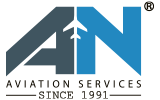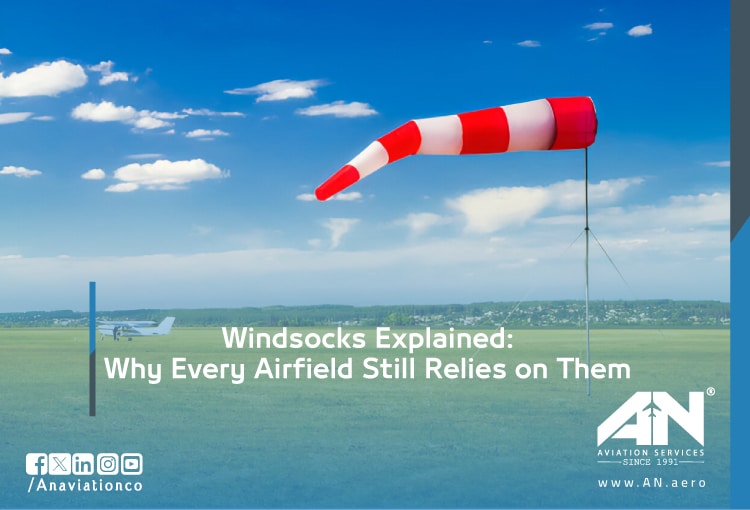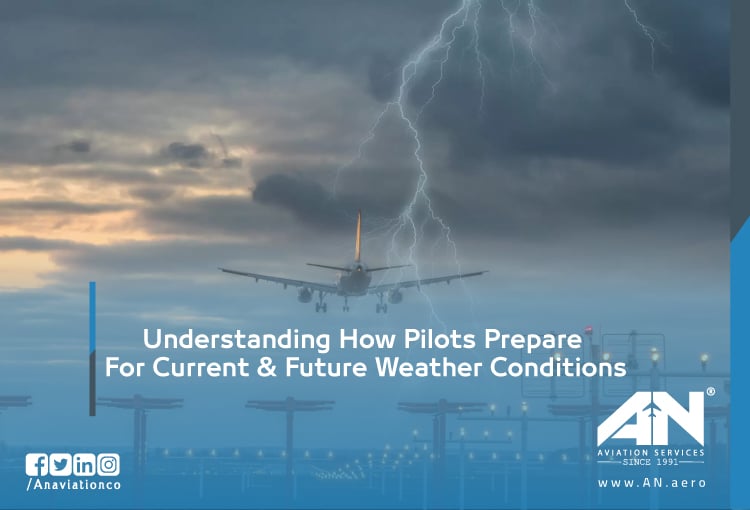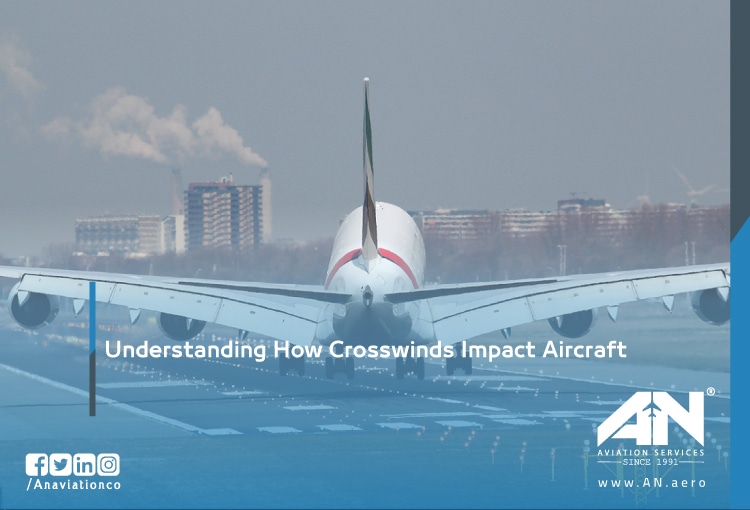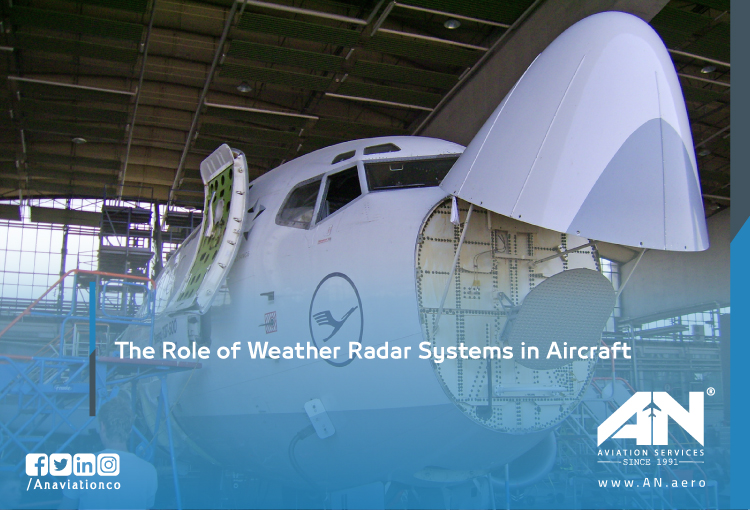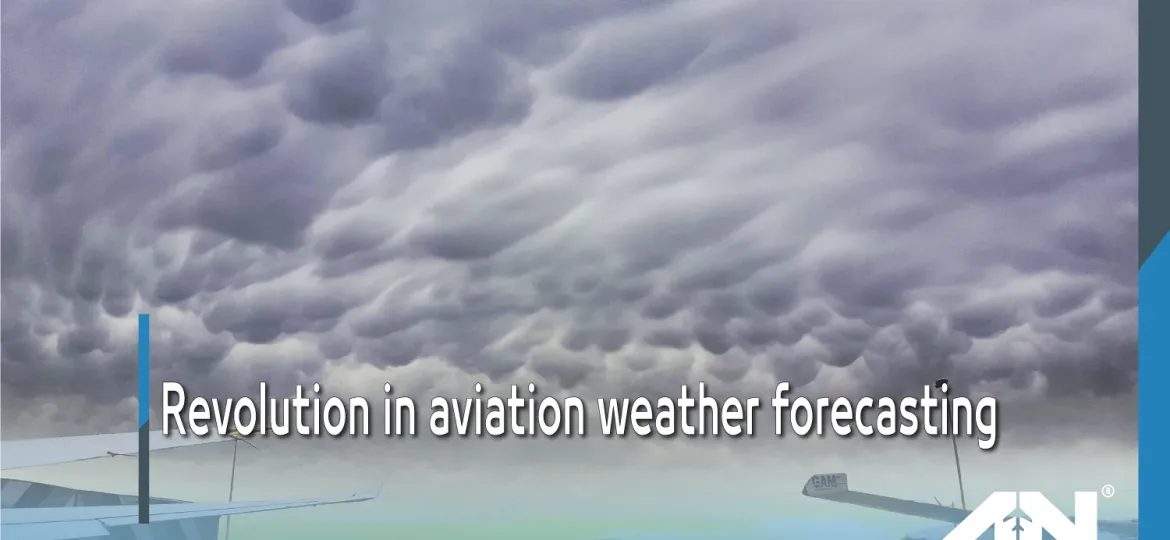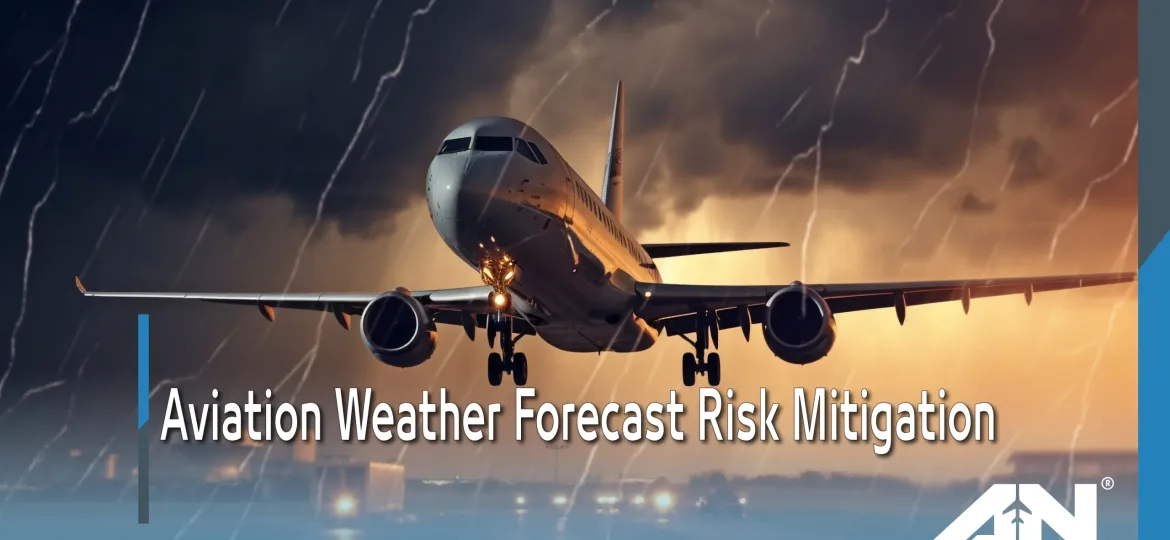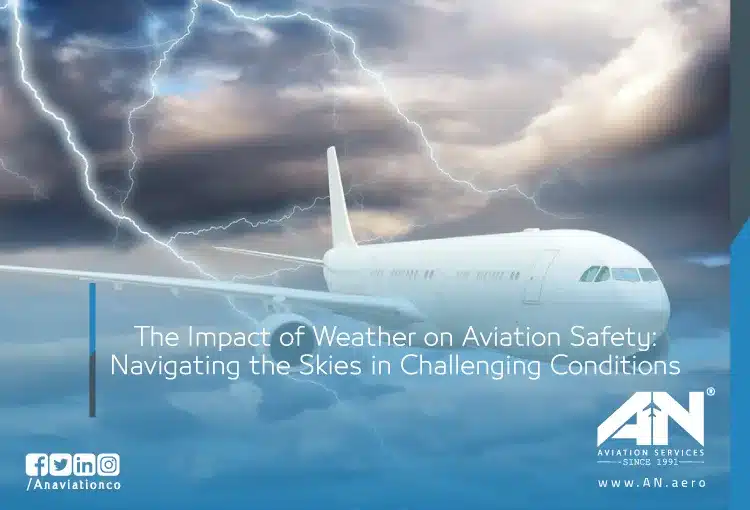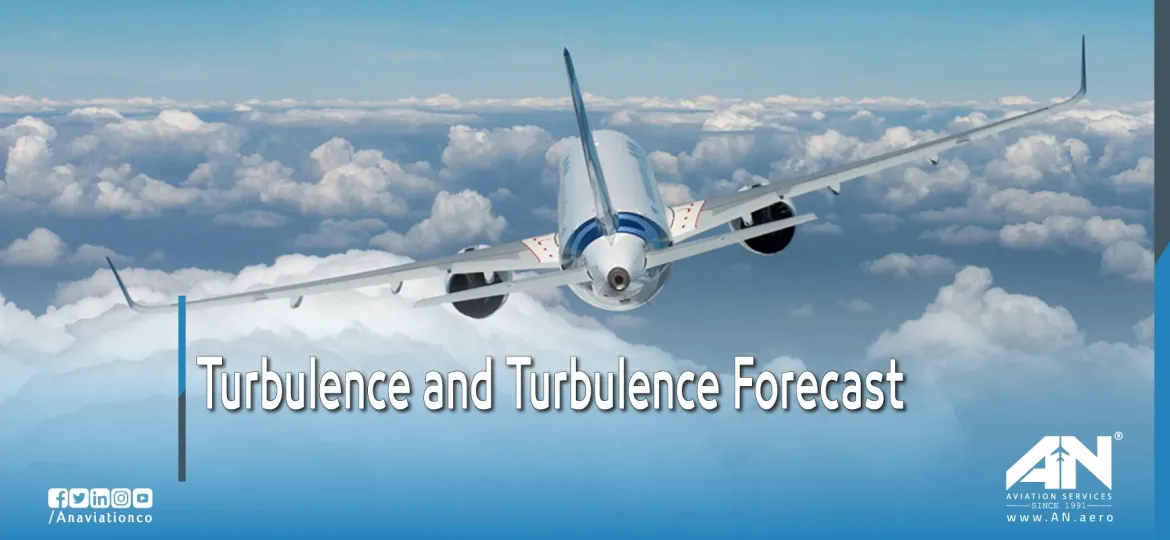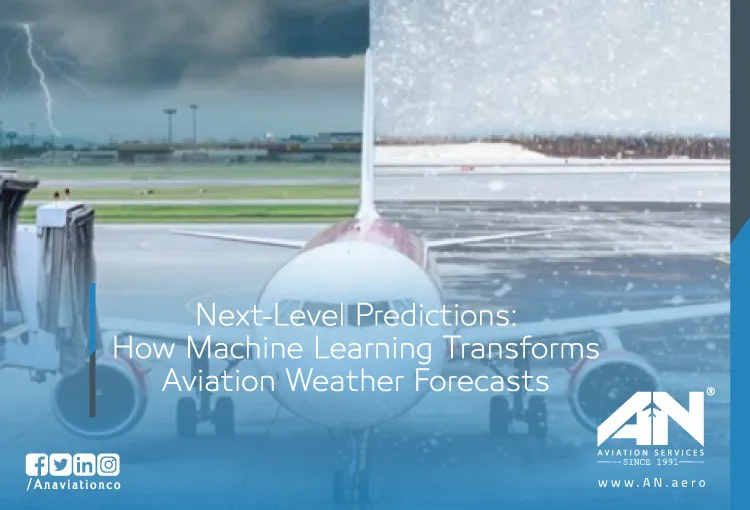Despite all the advancements in modern aviation, some tools continue to stand the test of time. Windsocks remain a critical visual aid for pilots at every type of airfield.
Weather
Turbulence is a familiar part of flying, but not all turbulence is the same, and understanding the differences matters more than you might think.
Staying informed about the weather is one of the most important parts of flying.
Winds play a significant role in aviation, influencing every aspect of flight from takeoff to landing. Understanding the impact of winds on airplanes is crucial for pilots to ensure safe and efficient operations.
Aircraft weather radar is a specialized instrument installed on aircraft to detect and track weather phenomena in the surrounding airspace.
Aviation weather forecasting stands at the forefront of ensuring the safety and efficiency of air travel, navigating the vast skies through a dynamic interplay of meteorological elements.
In the aviation industry, where split-second decisions can make the difference between a smooth journey and potential complications, accurate weather forecasting is a core.
For the aviation industry, adverse weather conditions can create significant challenges that affect flight planning, operations, and overall safety.
Turbulence is one of the most common concerns for passengers during air travel.
The aviation industry has long relied on accurate weather forecasting to ensure safe and efficient operations.
